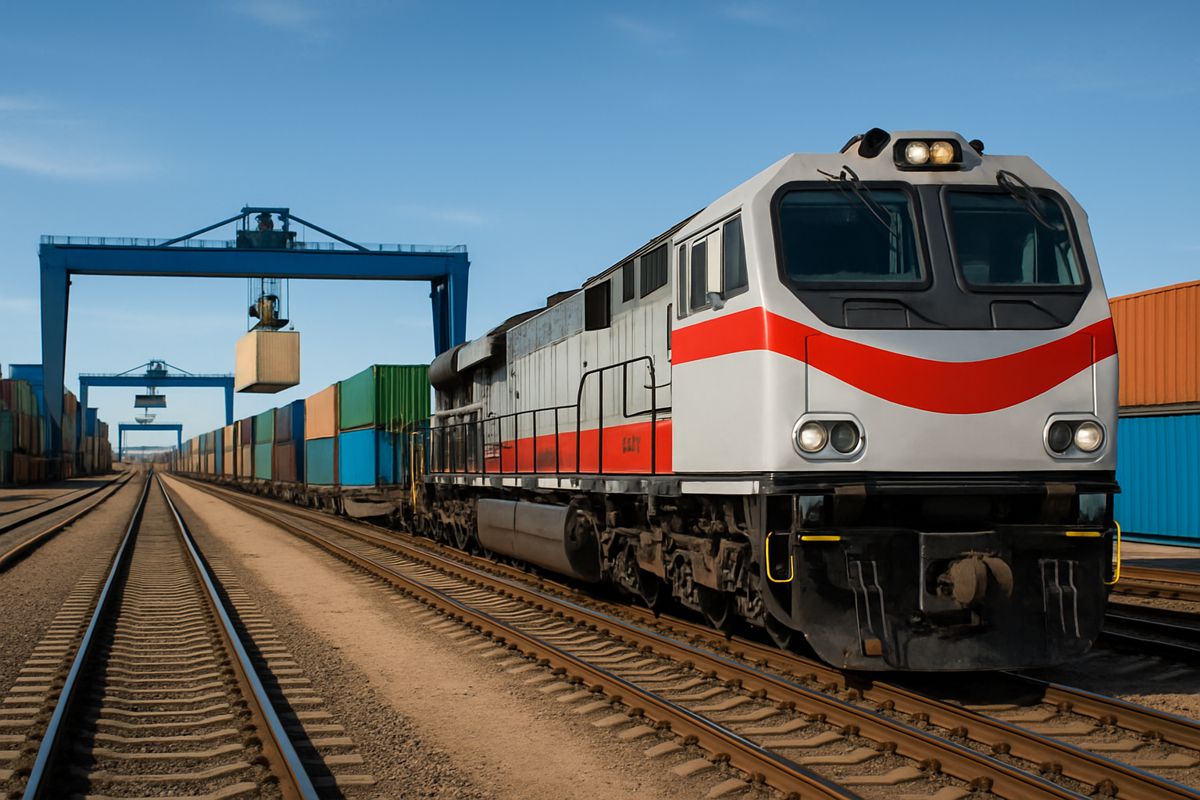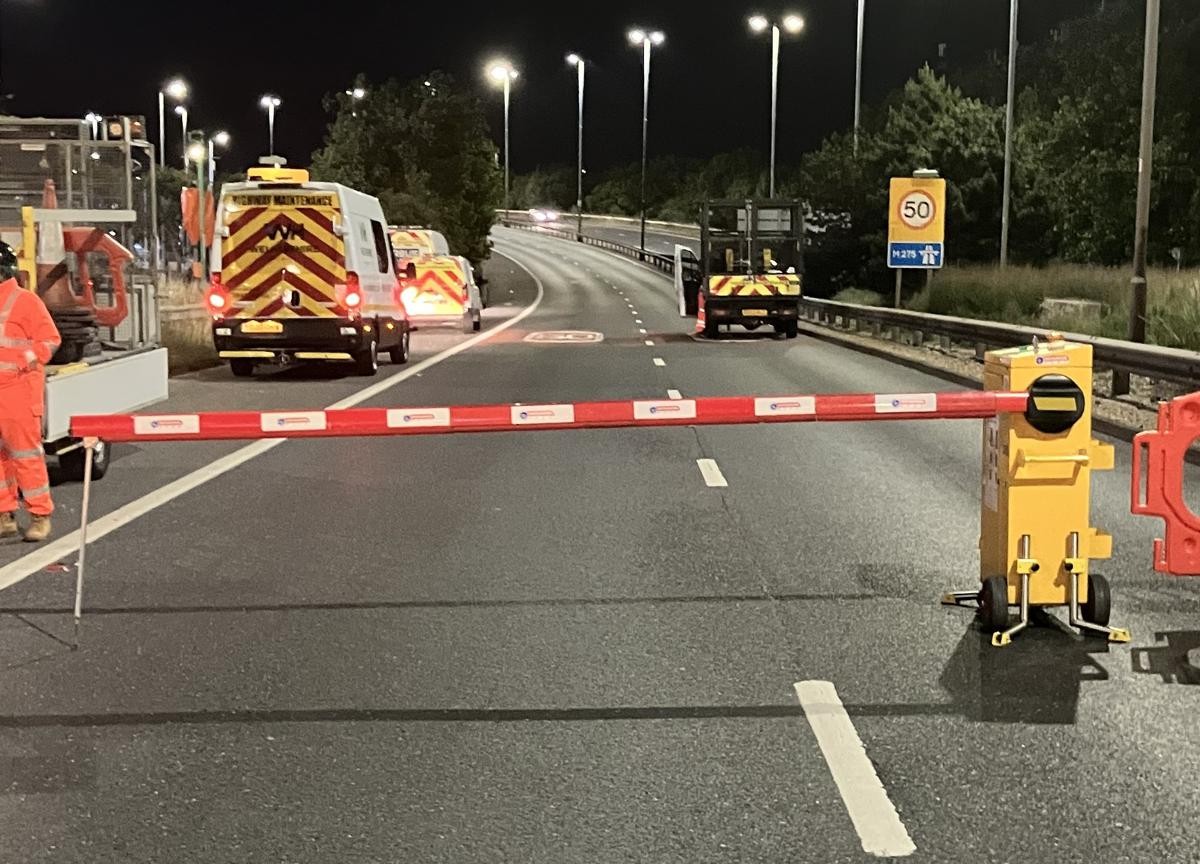Network Rail uses state-of-the-art testing to keep Bridge open in Oxfordshire
A Grade II listed bridge in Steventon, Oxfordshire, has been saved after innovative testing and the introduction of a new speed limit by Network Rail means it no longer has to be replaced as part of electrification.
The bridge over the Great Western Main Line was originally planned to be demolished and replaced with a higher bridge to allow overhead wires, needed to run trains in electric, to pass underneath enabling trains to run at 125mph.
However, following feedback from the community about how this would impact the village, Network Rail carried out state-of-the-art testing to see if the bridge could be saved.
This extensive and breakthrough testing, which included the use of computer-based simulation software, found that if the line speed of the railway was reduced to 110mph through Steventon, the wires could pass underneath the existing bridge.
This is the safest maximum speed that the overhead electric wires can be used continuously for the everyday running of the railway.
This is because the electric wires need to dip under the bridge and rise again the other side.

Mike Gallop, Network Rail’s Western route director, said: “We are really pleased to have found a solution which means we can continue to safely run trains in electric whilst minimising impact on the community.
“This has been possible by working collaboratively with the Department for Transport, train operators and local authorities over the last 18 months.
“Keeping the existing bridge and using a lower speed of 110mph will increase the amount of maintenance required, but we accept this as a compromise for not removing and replacing the B4107 bridge.”




















